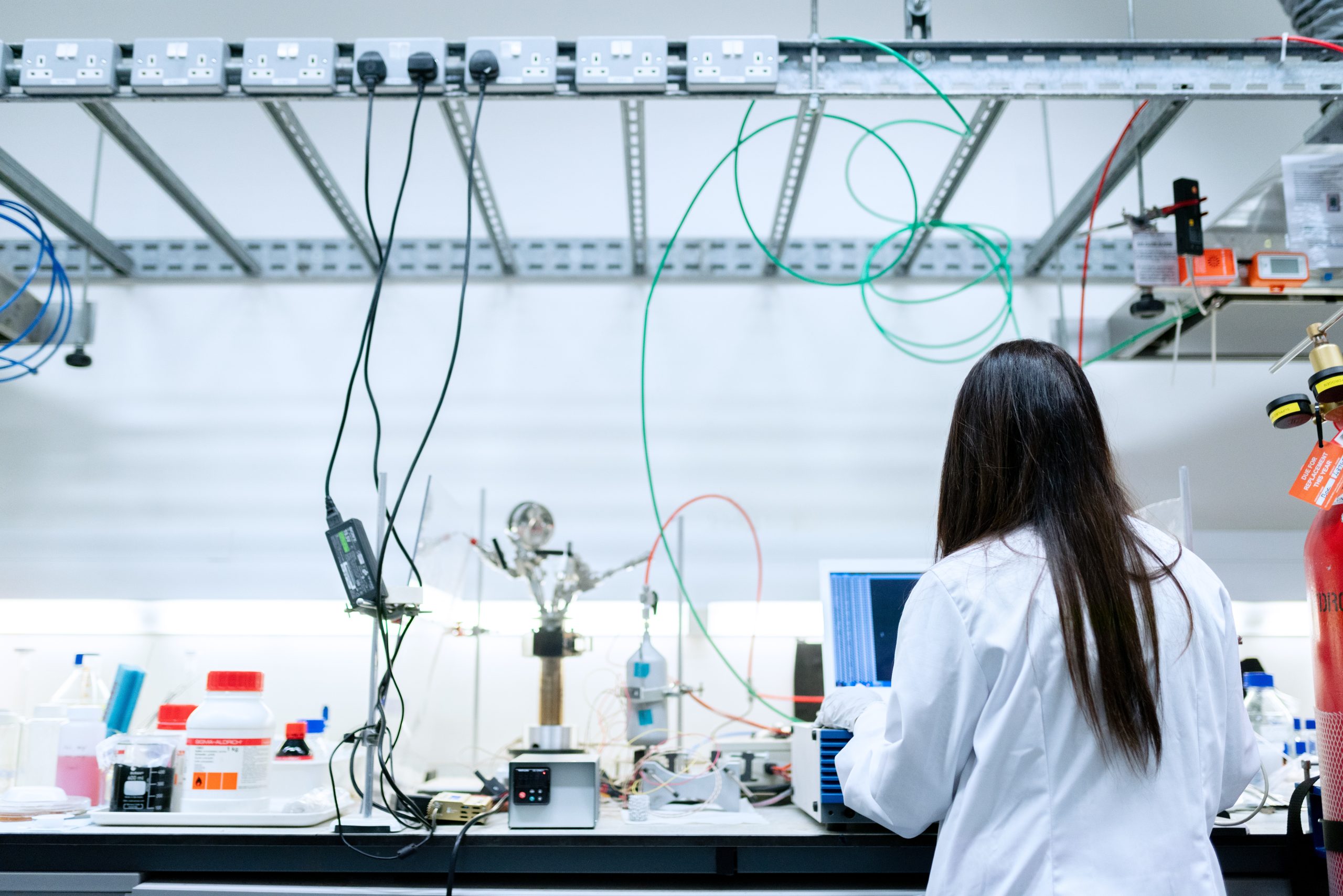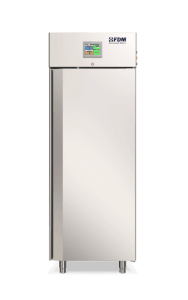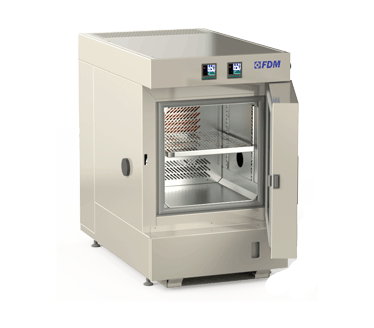
In many industrial sectors, the airtightness of instruments and containers is of vital importance.
Therefore, many scientific methods have been developed to detect leaks.
Leak testing with helium is one of the most reliable and versatile tests for a series of reasons that we will explain in this article.
What is Leak Testing with Helium?
One of the most effective ways to check whether an ideally airtight container is instead prone to leaks is the use of tracer gasses.
Tracer gasses are a class of gasses with specific characteristics that are introduced into the container and, by diffusing inside it, signal the presence of openings.
Helium is particularly effective in this sense because it is light, odorless, colorless and highly penetrating and therefore capable of passing through even the smallest cracks, detecting potential leaks that would otherwise have gone unnoticed.
Perform
Climate Stress
Discover the new series of Climate Chambers for controlled climate testing
Which Sectors are affected by the Leak Test with Helium
Even if we don't think about it, we are surrounded by containers that must have a perfect hermetic seal to do their job.
For this reason, there are many industries affected by leak testing with helium.
Here are the main ones.
- Automotive industry: To check for leaks in air conditioning systems, fuel tanks and exhaust systems.
- Aerospace Industry: To verify the integrity of critical parts, such as fuel tanks and pressurization systems, to prevent leaks into the atmosphere.
- Electronics industry: To identify any refrigerant gas or fluid leaks in electronic devices, such as refrigerators or air conditioners.
- Chemical and pharmaceutical industry: To check the tightness of containers used for sensitive chemicals or drugs.
- Energy Industry: To verify the integrity of piping and tank systems used in the production and transportation of gas or oil.
How the Leak Testing with Helium Works
In order to correctly carry out the helium leak test, it is necessary to have an isolated, controlled and airtight environment.
For this, a thermo-vacuum chamber is often used, which we talked about here.
The sample to be tested is placed inside the chamber. Helium is then injected and the results are observed.
With a special instrument, generally a mass spectrometer (which we talked about here), any leak is detected and localized.
Specific procedures for performing helium leak testing are described in a number of international standards. The main ones are ISO 20484:2017 and ASTM E498/E498M-11.
You cannot find the ideal chamber for your test?
Create your own environment, according to any test requirement
The FDM Climatic Chamber for Helium Leak Testing
Like many other laboratory tests that we have covered on these pages, climatic chambers play a complementary but often fundamental role within leak testing with helium.
There are two functions that can be performed by climatic chambers in helium leak testing: conditioning and simulation.
We talk about conditioning when the sample to be analyzed must first be brought to a specific temperature to carry out the test in optimal conditions.
We talk about simulation when the temperatures are altered during the test to simulate the unfavorable environmental conditions that the sample will face in its life cycle (think of underwater pipes).
The FDM climate chamber is able to perform both tasks perfectly and complement the helium leak test and many other important product and material tests.
For further needs, please do not hesitate to contact us.
Would you like to receive a quote or do you have questions about the product?
Contact us to receive more information about this Product.



